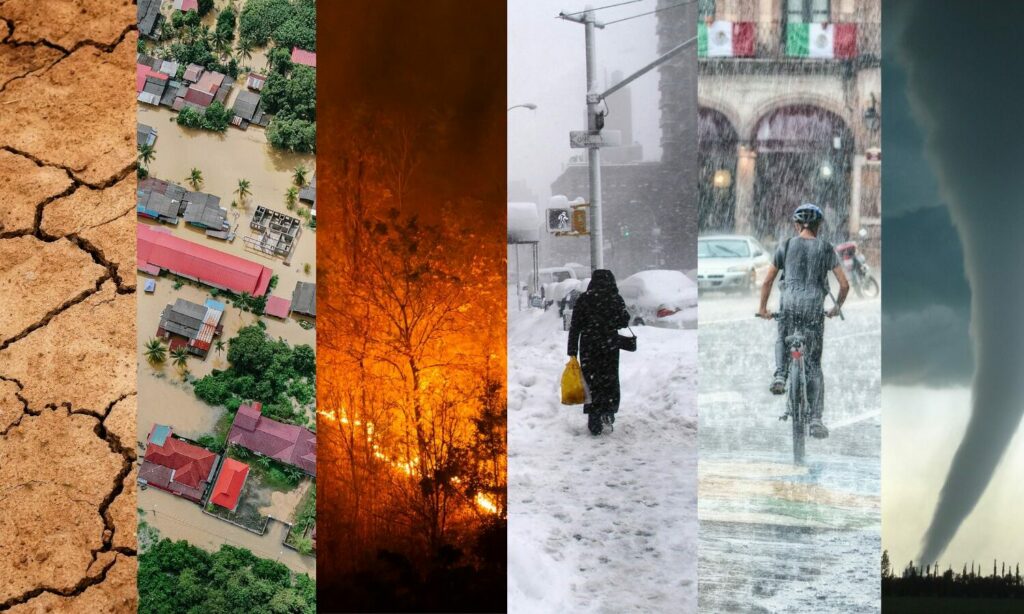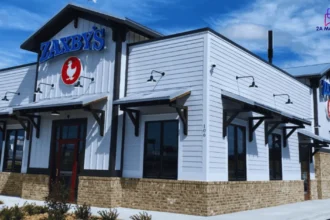It’s no secret that the weather isn’t what it used to be. Winters are harsher. Summers are hotter. Storms are more intense, and wildfires more frequent. As climate shifts become more pronounced, so do their effects on our homes.
While many homeowners focus on immediate damage when disaster strikes, fewer consider how seasonal trends contribute to long-term property risks. Understanding how each time of year brings its own challenges is crucial—not just for recovery, but for preparation.
Whether it’s burst pipes in freezing weather or smoke damage from a dry-season wildfire, water damage restoration and fire damage restoration are now seasonal realities in many regions. Let’s explore how weather patterns are changing the game—and what homeowners can do to stay ahead.
Winter: Freeze, Burst, and Flood
Cold snaps are no longer predictable. Sudden plunges in temperature have led to an increase in burst pipes, especially in parts of the country where homes aren’t built for deep freezes.
Key risks:
- Frozen and burst water supply lines
- Ice dams on roofs causing leaks
- Power outages leading to failed sump pumps and flooding
- Fire hazards from space heaters and overloaded circuits
Prevention tips:
- Insulate exposed pipes and attics
- Drain outdoor spigots before the first freeze
- Monitor interior temperature, even in unused spaces
- Keep fire safety tools (like smoke detectors and extinguishers) updated during heater season
Secure Restoration frequently responds to water damage in winter months caused by frozen pipe bursts and subsequent flooding, often in basements or behind walls.
Spring: Melt, Rain, and Mold
Spring is a season of transition—but also one of saturation. Melting snow, heavy rain, and poor drainage can lead to serious water issues, even without a dramatic flood event.
Key risks:
- Groundwater intrusion through foundation cracks
- Basement flooding from storm runoff
- Leaky roofs exposed after winter wear
- Mold growth due to prolonged damp conditions
Prevention tips:
- Inspect and clean gutters and downspouts
- Grade landscaping to slope away from the home
- Install or test sump pumps in basement-prone areas
- Check attic insulation and ventilation to prevent condensation buildup
A thorough seasonal inspection is often the difference between a dry spring and a costly water cleanup.
Summer: Drought, Heat, and Wildfire
Longer dry spells and heat waves mean the threat of wildfires is no longer isolated to traditionally fire-prone states. Even homes far from forested areas are seeing increased exposure due to wind-blown embers, power line issues, and human activity.
Key risks:
- Fires sparked by outdoor cooking, fireworks, or electrical shorts
- Drought-dried vegetation acting as kindling
- Smoke infiltration from regional wildfires
- HVAC strain leading to shorts or overheated units
Prevention tips:
- Clear brush and debris at least 30 feet from the home
- Use non-combustible landscaping near foundations
- Install ember-resistant vents and fire-rated roofing materials
- Keep an emergency evacuation plan and supplies on hand
Secure Restoration has worked with homeowners dealing with smoke damage even when their properties were miles from the fire itself—proof that fire damage isn’t always flame-based.
Fall: Transition and Overlooked Repairs
Autumn often lulls homeowners into a false sense of calm. The weather feels mild, but it’s a critical time to address issues before winter locks them in.
Key risks:
- Clogged gutters from falling leaves
- Foundation cracks from shifting soil and moisture changes
- Fires from early furnace use after months of inactivity
- Water damage from delayed roof maintenance
Prevention tips:
- Schedule a roof inspection before snow or storms arrive
- Clean and test heating systems for safety
- Reseal windows and exterior doors
- Check crawlspaces and basements for signs of humidity or seepage
Fall is about getting ahead—not catching up. It’s the best time to schedule preventative service or reinforce weak spots.
Weather Extremes: The New Normal
In many areas, traditional seasons have started to overlap or behave unpredictably. Spring brings summer temperatures. Winter storms arrive earlier. Heat waves last longer than expected.
This makes consistent maintenance and year-round vigilance more important than ever.
Proactive steps homeowners can take year-round:
- Install smart water leak sensors
- Use weather monitoring apps to anticipate local risks
- Keep restoration contacts like Secure Restoration saved in your phone
- Create a home emergency kit with flashlights, backup batteries, and water shutoff tools
- Review insurance coverage for evolving regional threats (flooding, wildfire zones, etc.)
The Restoration Industry Is Adapting, Too
As seasons shift, restoration companies are evolving their approach to preparedness and response.
Teams are now:
- Using weather trend data to anticipate surge periods
- Stocking seasonal equipment in advance (e.g., pumps for spring, dryers for winter)
- Training staff in both fire and water damage scenarios
- Educating clients about region-specific risks before emergencies strike
Secure Restoration, for example, tracks seasonal risk factors in its service areas to improve response times and deliver faster assessments when disaster hits.
Final Thought: Preparedness Is the New Protection
We can’t control the weather—but we can control how ready we are to face it.
By recognizing the seasonal risks tied to water damage restoration and fire damage restoration, homeowners can take proactive steps that reduce their chances of loss—and speed up recovery when something does go wrong.
It’s not about fear. It’s about foresight.
Understanding that seasonal shifts bring new restoration challenges puts power back in your hands. With the right awareness, tools, and partners, your home can be ready for anything the calendar—or the climate—throws your way.

















